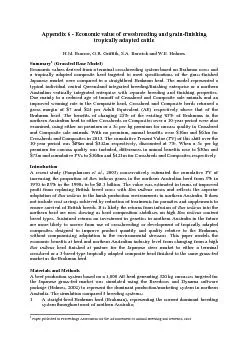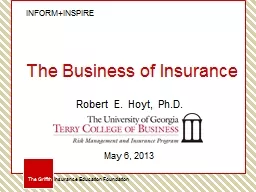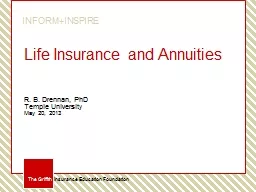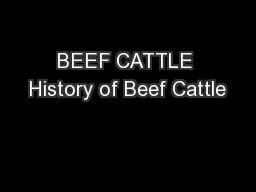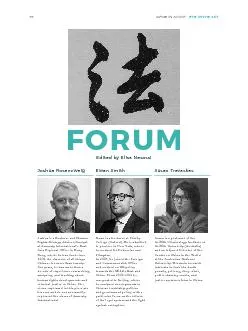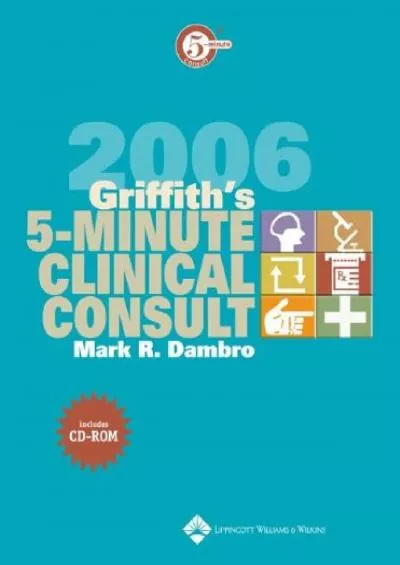PDF-tropically adapted cattle H.M. Burrow, G.R. Griffith, S.A. Barwick and
Author : liane-varnes | Published Date : 2015-11-20
Paper published in Proceedings Association for the eeding and Genetics 2003 A terminal crossbreeding system Crossbred where a proportion of Brahman dams was joined
Presentation Embed Code
Download Presentation
Download Presentation The PPT/PDF document "tropically adapted cattle H.M. Burrow, G..." is the property of its rightful owner. Permission is granted to download and print the materials on this website for personal, non-commercial use only, and to display it on your personal computer provided you do not modify the materials and that you retain all copyright notices contained in the materials. By downloading content from our website, you accept the terms of this agreement.
tropically adapted cattle H.M. Burrow, G.R. Griffith, S.A. Barwick and: Transcript
Download Rules Of Document
"tropically adapted cattle H.M. Burrow, G.R. Griffith, S.A. Barwick and"The content belongs to its owner. You may download and print it for personal use, without modification, and keep all copyright notices. By downloading, you agree to these terms.
Related Documents

